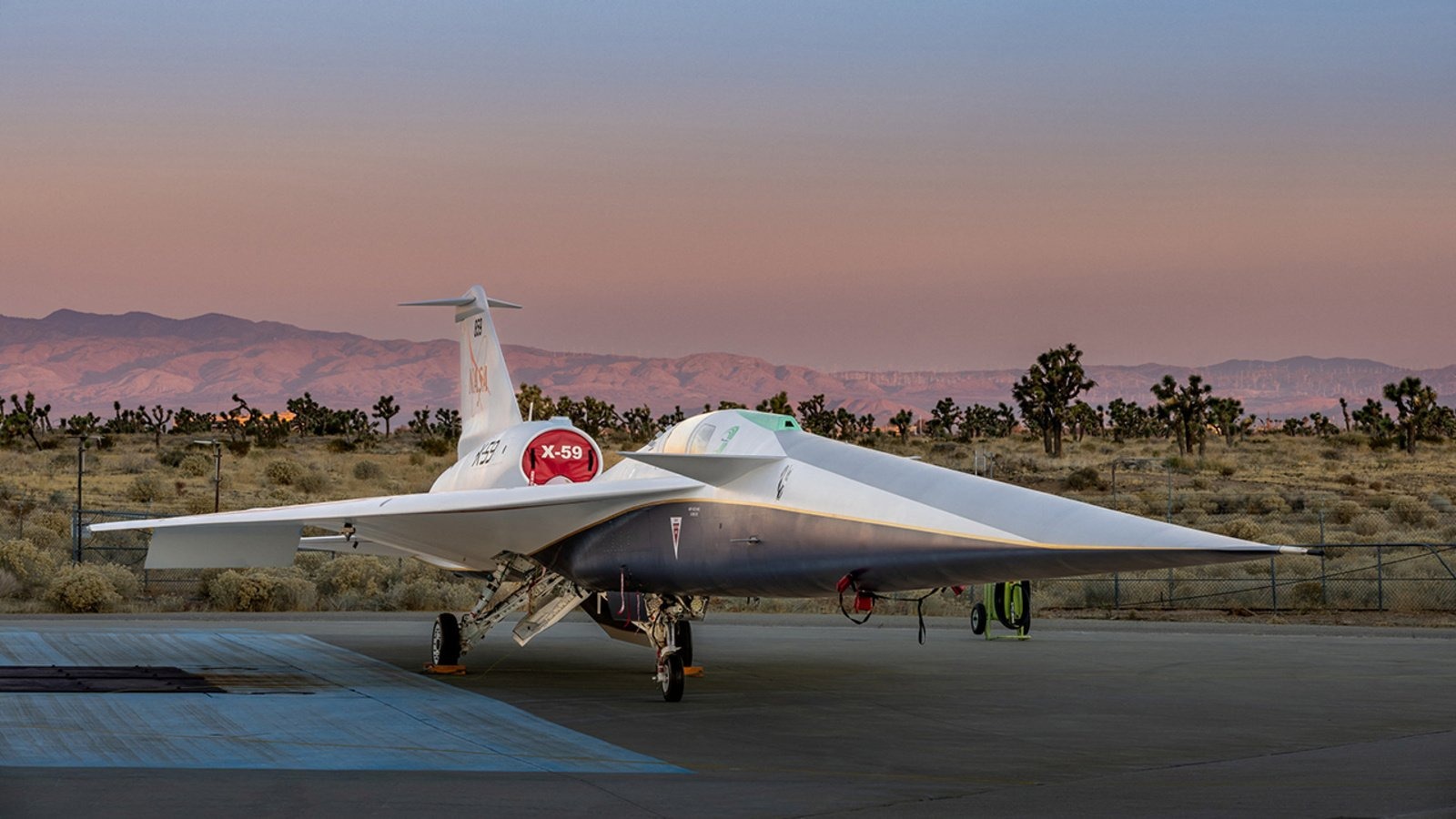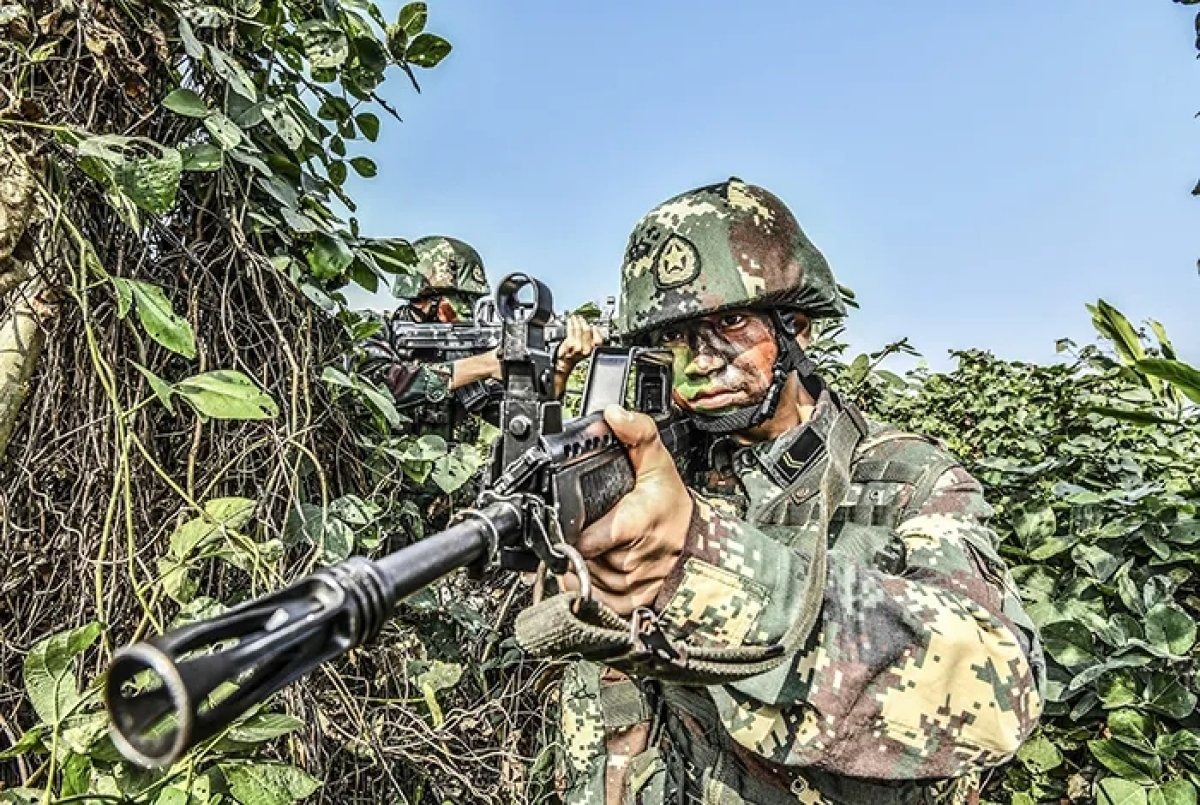Ambitious commitments have been made by the incoming administration to bring an end to Russia’s ongoing conflict in Ukraine and confront China. However, a rising challenge from foreign adversaries manifests in “gray zone” attacks, which encompass drone surveillance and acts of sabotage across various domains, including air, sea, and land.
These hybrid tactics are crafted to be difficult to trace, leaving NATO allies, particularly those facing tensions with Russia, expressing concerns that the alliance is not adequately responding to these threats.

Estonian Ambassador to the U.S. Kristjan Prikk shared insights with The Hill during a discussion at the Atlantic Council last month, emphasizing, “The current level of deterrence in that domain is probably insufficient.” He further remarked, “Resilience is not a fixed endpoint; rather, it’s an ongoing process requiring continuous effort to enhance.”
The United States, despite its geographical distance from key geopolitical hotspots in Europe and Asia, remains vulnerable to hybrid attacks, as evidenced by the incident of a Chinese spy balloon traversing U.S. airspace in 2023.
Incidents and Countermeasures Against Hybrid Threats
Military analysts suspect that drones observed over military sites in England and Germany late last year, where American troops are stationed, may have been part of a state-sponsored surveillance effort, according to a U.S. official familiar with these occurrences, as reported by The New York Times.
Despite concerns of drones posing risks domestically, reports emerged just before the holidays regarding mysterious drone swarms observed across several East Coast states. U.S. officials assert that these unmanned objects are not believed to be related to foreign surveillance efforts.
As Trump approaches the beginning of his second term in less than two weeks, gray-zone tactics will likely pose challenges, even if he manages to swiftly conclude the war in Ukraine as he has frequently pledged.
Adversaries like Russia, Iran, and China view the tactics employed in the “gray zone” as operations that carry low risk and high potential rewards, according to analysts.
The issue is expected to take center stage during NATO’s annual summit in July, where the alliance plans to revise its strategies for countering hybrid warfare, primarily in response to the ongoing threats from Russia.
Among the more alarming acts of sabotage is a suspected Russian scheme identified in July, aiming to deploy explosive devices on aircraft bound for the U.S. and Canada.
Another recent suspected sabotage incident involved damage to two undersea telecommunication cables in the Baltic Sea last December, with Finnish police investigating a Russian oil vessel as a potential culprit, although they have not directly implicated Moscow in orchestrating the act.
In July, U.S. sanctions were imposed on two Russian nationals linked to a Russian-based “hacktivist” group, Cyber Army of Russia Reborn (CARR), which targeted water treatment facilities in Texas. While the U.S. did not attribute the attack directly to the Kremlin, connections have been made between CARR and Russian military operations.
These incidents are part of a broader pattern of activities in recent years on NATO territory, where Russia is often the primary suspect. This includes assassination attempts in the U.K. and Germany, an explosion at an ammunition depot in Czechia, the manipulation of migrant flows crossing illegally into Poland, Latvia, Lithuania, and Finland, and signal jamming efforts disrupting civil aviation in the Baltic area.
During the NATO summit in Washington in July, alliance members indicated in their communiqué that they would “decide on further measures to counter Russian hybrid threats or actions individually and collectively and will continue to coordinate closely.” However, they did not outline specific initiatives aimed at Moscow.
Countries along NATO’s Eastern flank have raised the most urgent alarms regarding gray-zone attacks. National security adviser Jake Sullivan informed Baltic officials at the July summit that NATO member nations may have to accept a certain level of risk since Russia’s hybrid activities prove too cost-effective to fully mitigate.
Despite repeated denials from Russia regarding any involvement in hybrid attacks against NATO, Kremlin spokesperson Dmitry Peskov strongly refuted these allegations in May, describing the claims from European capitals as “totally baseless.”
During a remarkable speech in December, NATO Secretary-General Mark Rutte articulated that Russia is engaged in a long-term confrontation with NATO, intending to destabilize democratic societies and undermine support for Ukraine. He noted, “This situation does not align with traditional warfare or Article 5 obligations, but it necessitates our defense.”

To combat the threats posed by hybrid attacks, NATO has begun enhancing information sharing among member states to identify instances where criminal acts may escalate into sabotage.
This involves apprehending perpetrators, conducting convictions, raising public and private sector awareness, and strengthening resilience within the cyber domain to protect critical infrastructure.
Prikk, the Estonian ambassador, stated, “Our approach to increasing intelligence sharing, coupled with naming and shaming, as well as prosecuting those responsible for sabotage acts, has already heightened the level of deterrence.”
The European Union, in mid-December, implemented sanctions against individuals accused of participating in pro-Russian hybrid threats for the first time and appointed four senior commissioners to address such sabotage efforts.
Additionally, in December, bipartisan lawmakers on the Helsinki Commission released a report detailing Russia’s hybrid warfare tactics since 2022. This report identified 150 hybrid operations on NATO territory, categorizing them into four primary types: attacks on critical infrastructure, violent campaigns, weaponized migration, and electoral interference alongside information warfare.
The report emphasized that Russian sabotage efforts throughout North America and Europe had intensified since Moscow’s invasion of Ukraine, representing a shadow war against NATO aimed at destabilizing, distressing, and deterring the transatlantic alliance’s support for Ukraine.
However, the findings cautioned that they may underestimate the actual scale of the threat, urging NATO leaders to maintain unity and take Russia’s hybrid operations seriously to prevent potential escalation both within Ukraine and at NATO’s borders.






















